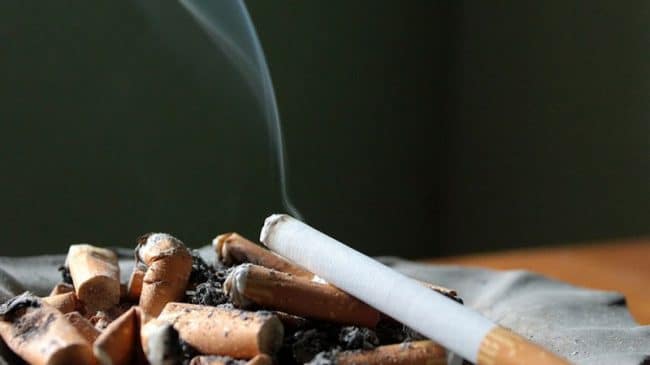North Dakota’s voters will soon go to the polls and determine whether or not to raise the state’s cigarette tax by 400 percent; double the tax on cigars and smokeless tobacco; and create a new, additional tax on electronic cigarettes.
The measure would increase the cigarette tax from 44 cents per pack to $2.20 per pack. Advocates say it is expected to raise as much as $70 million per year. A close reading of the Measure 4 language, however, reveals little or nothing to ensure responsible stewardship of the tax money. Some of the cigarette tax funds would go to programs that don’t even yet exist.
It seems that proponents hope that voters don’t read the measure’s actual language. A quick scan reveals over eight pages of technical language that would create new red tape and regulations for hundreds of small businesses.
Yet, the appropriation of $70 million dollars from taxpayers only merits four sentences of the nine-page proposal. The measure’s lack of oversight and accountability suggests this tax increase could turn into a $70 million blank check for the politically connected.
Measure 4’s tax cigarette tax hike would move North Dakota ahead of 35 other states making it the 13th highest in the nation – even higher than states like California and Illinois.
Measure 4’s supporters claim the 400 percent tax increase is necessary to reduce smoking. They fail to point out that according to Gallup, North Dakota already lowered its smoking rates more than 47 other states between 2008 and 2013. And it did so without raising taxes.
The data might lead one to wonder whether the proposed cigarette tax hike is just a way to target a small part of the state’s population, smokers, in order to raise money the government can spend as it pleases. As former Louisiana Democrat Russell Long famously said, “Don’t tax you. Don’t tax me. Tax the guy behind the tree.”
North Dakota’s Tobacco Prevention and Control Fund already enjoys a $55 million budget surplus, earning an “A” rating from the American Lung Association.
If reducing smoking is the goal, the government should dip into that money before raising taxes and asking for more.
It’s also suggested that Measure 4’s revenues could be used to support for veterans and community health. If those programs are truly priorities for state leaders, they shouldn’t have a problem persuading all of the state’s taxpayers, not just smokers, to fund them. It should also be noted that cigarette taxes are the worst way possible to fund those types of programs.
Fewer people are smoking. The state is trying to discourage smoking. Thus, as smoking declines, cigarette tax revenues also decline. If the government is creating new programs through a funding source that it hopes declines, it is going to have to cut those programs or go back to taxpayers looking for more money.
You can take it the bank that once the state government starts new programs, it’ll eventually go looking for other tax increases that target groups beyond just smokers.
Brian Fojtik is a senior fellow at Reason Foundation.

